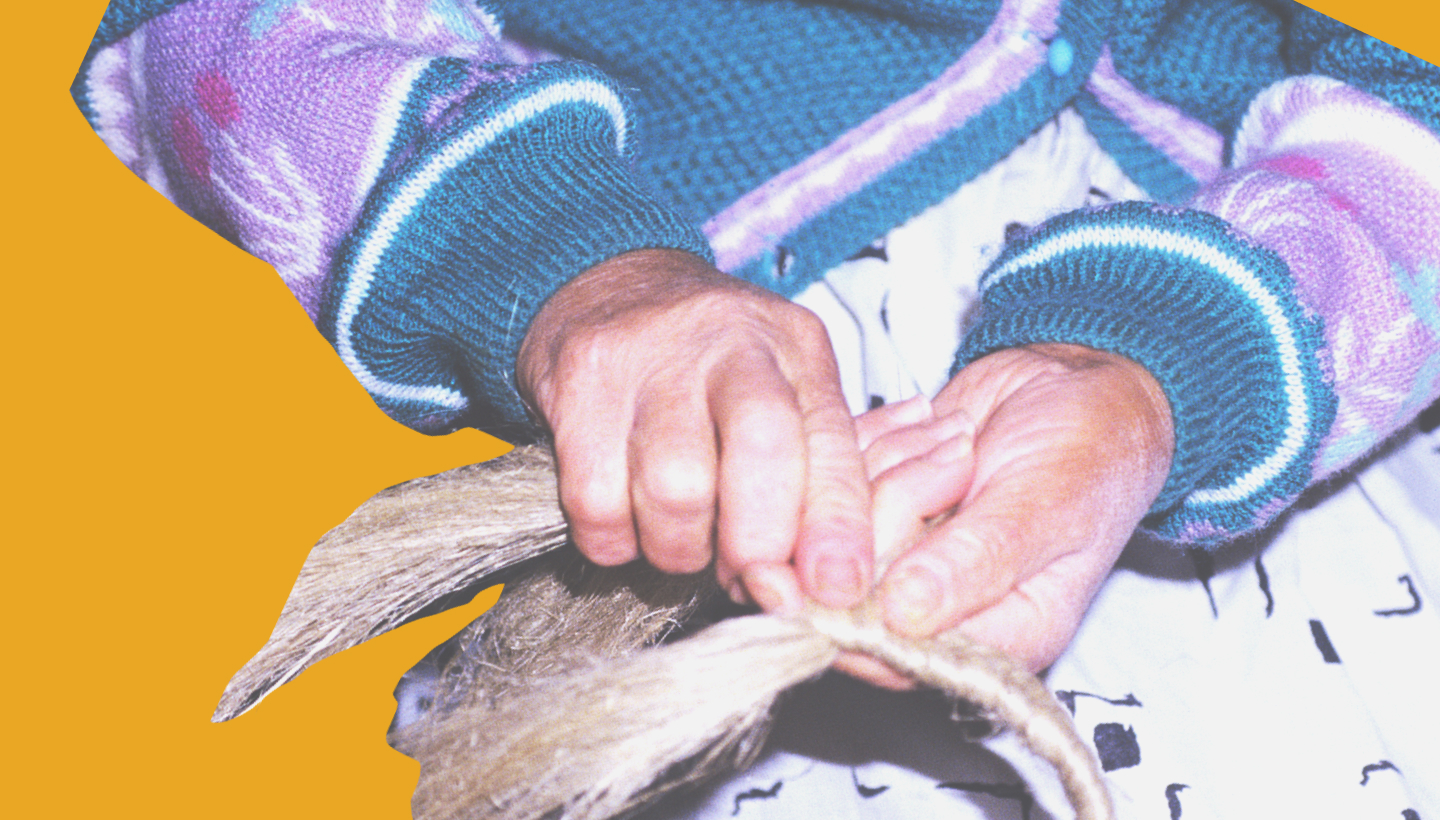
We manufacture espadrilles the traditional way and honour a craft process that has barely changed in the last 10.000 years.


The base
The first step is to define and pin the sole measurements. Then, the jute braid rope is placed on a turntable (manually or mechanically operated) and curled until it fills the whole area of the sole. Finally, the platform is stitched from the middle towards the extremities to achieve perfect shape and density. Because we want our espadrilles to last as long as possible, a rubber layer is attached to the sole through vulcanisation: a natural process that makes it more adhesive and flexible by submitting the rubber to high pressure and temperatures.
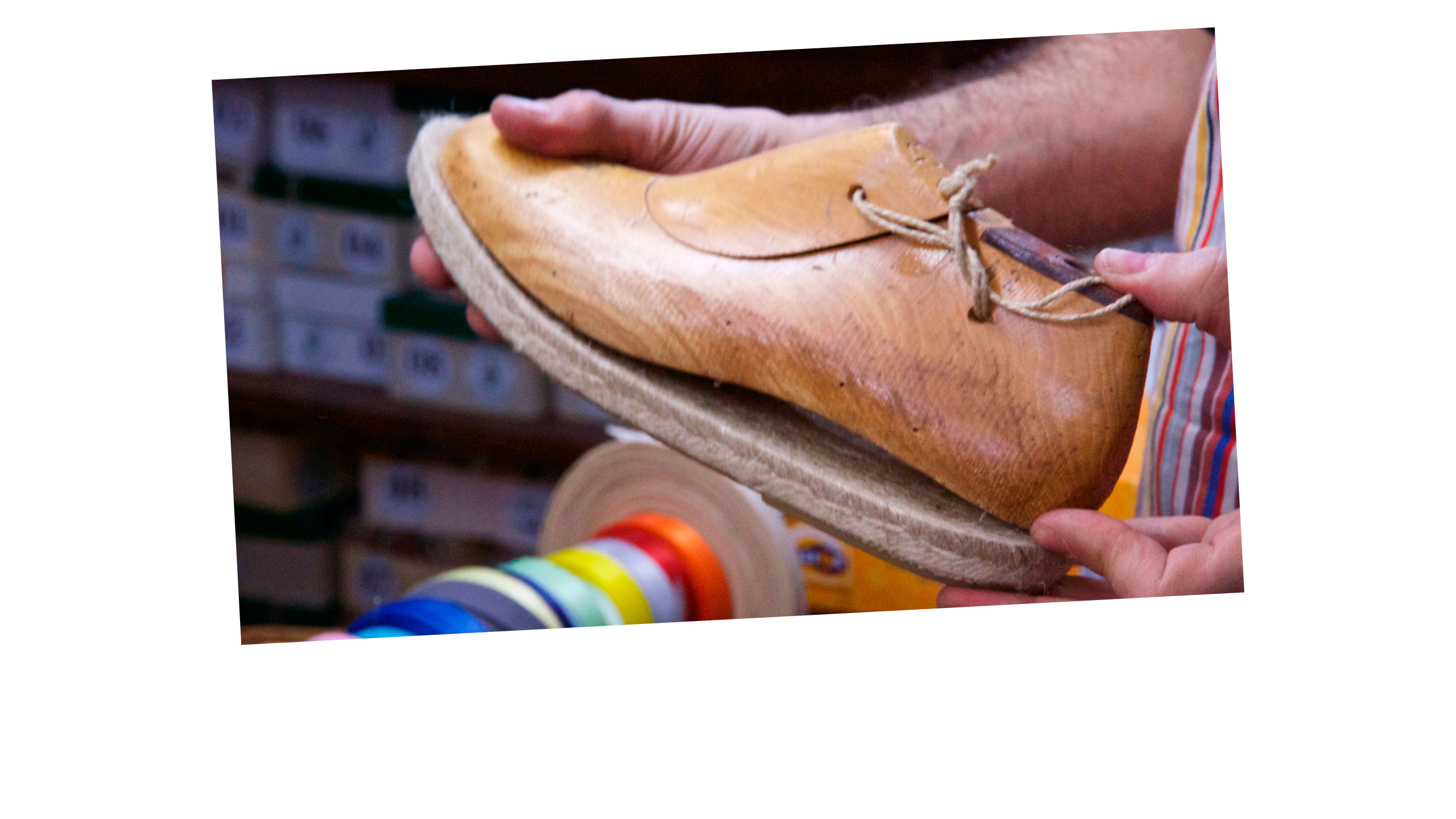
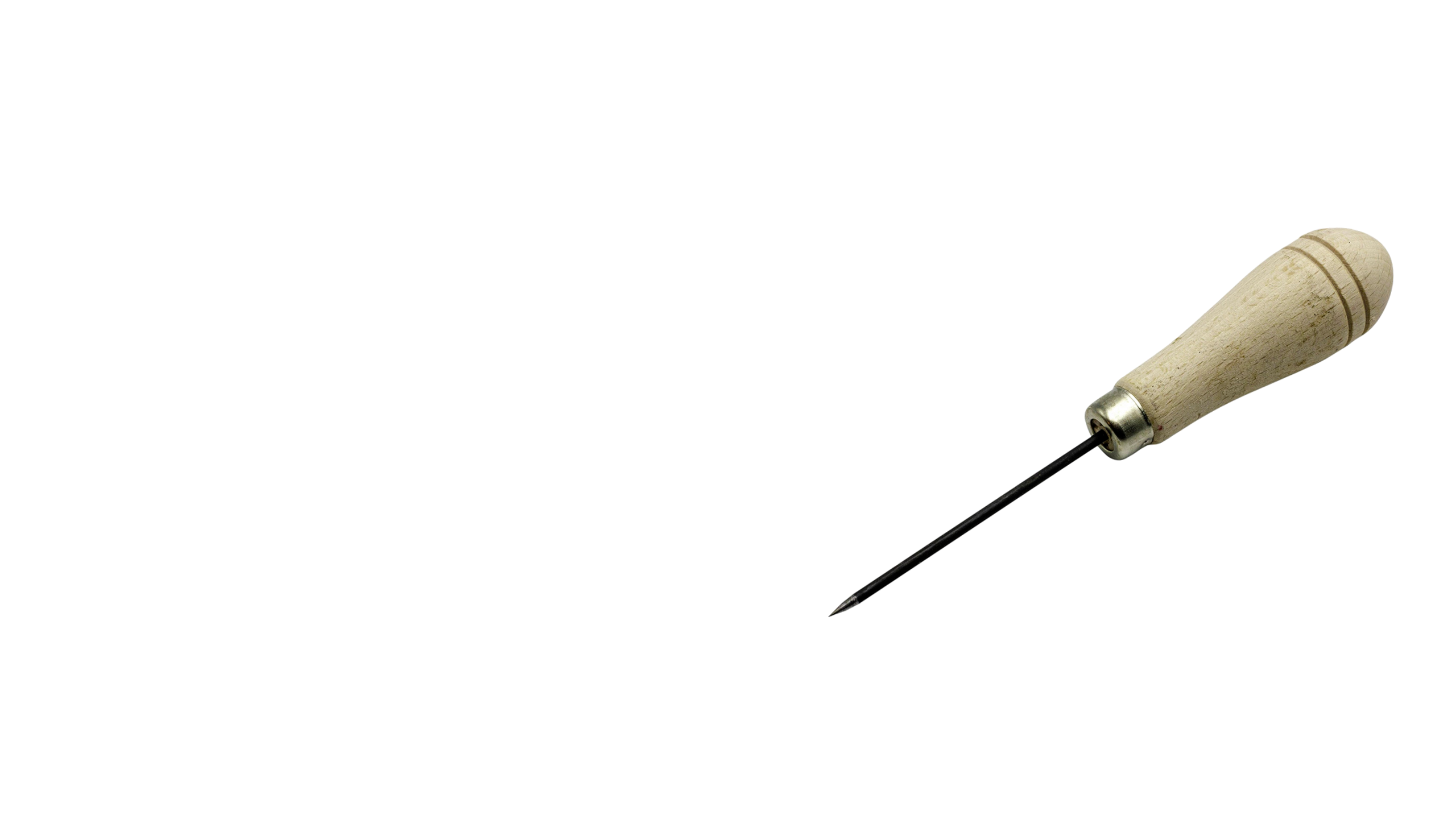
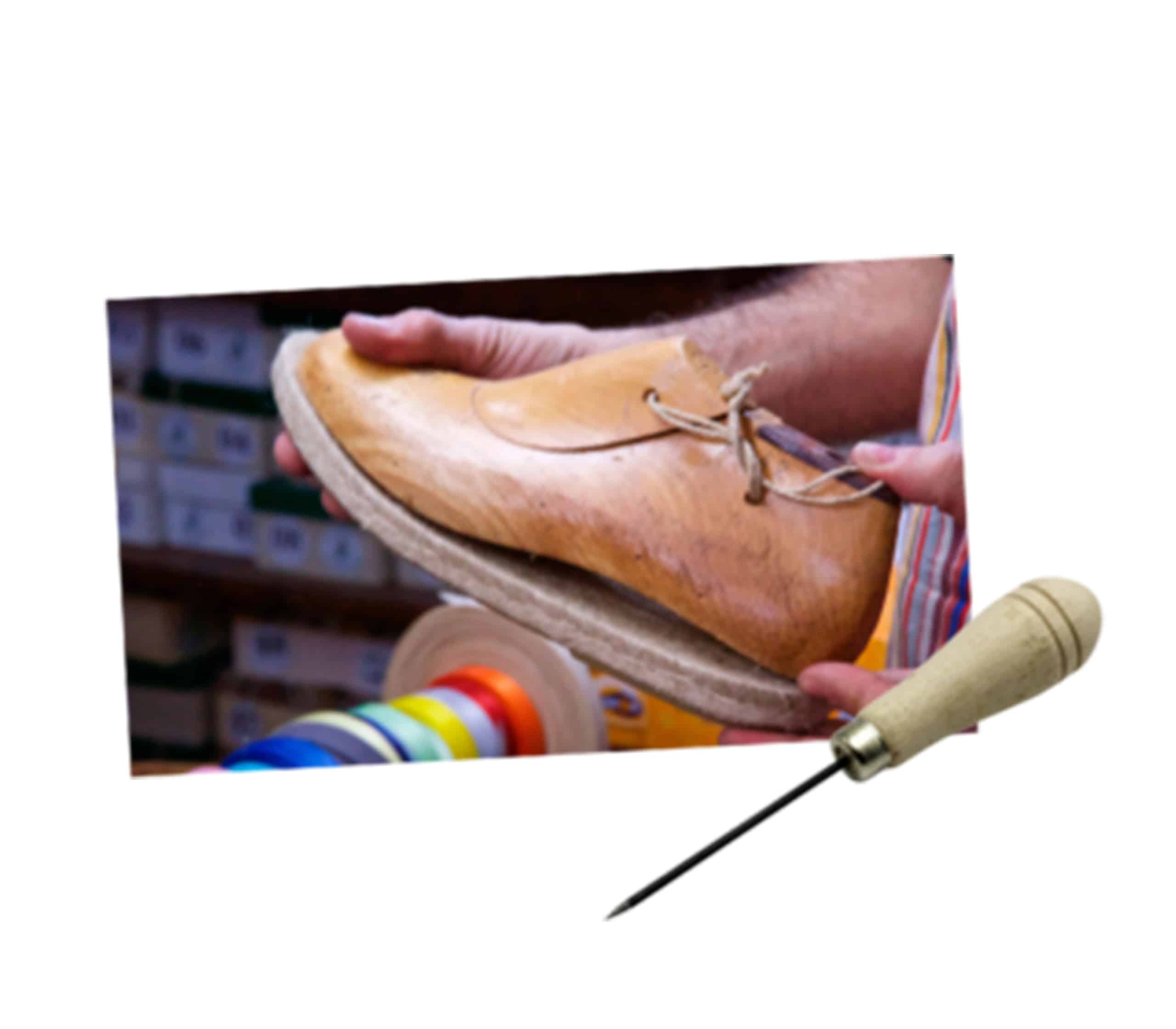


The upper
We cut the patterns from our different espadrille models out of cotton, linen, silk or hemp canvases at our workshop. Sometimes a model shape may require trimming pieces of fabric together, which we also do manually.




Assemblage and details
The upper is hand-stitched to the base. The artisan covers the index finger with a leather thimble and attaches a “palmete” (a round metal object) to the hand. The first protects the finger from scraping, and the latter helps press the needle firmly to pierce canvas and sole simultaneously without harming the skin. The espadrille toe cap is embroidered, and if a model includes ribbons or other finishes, these are always the last to be added to the design.
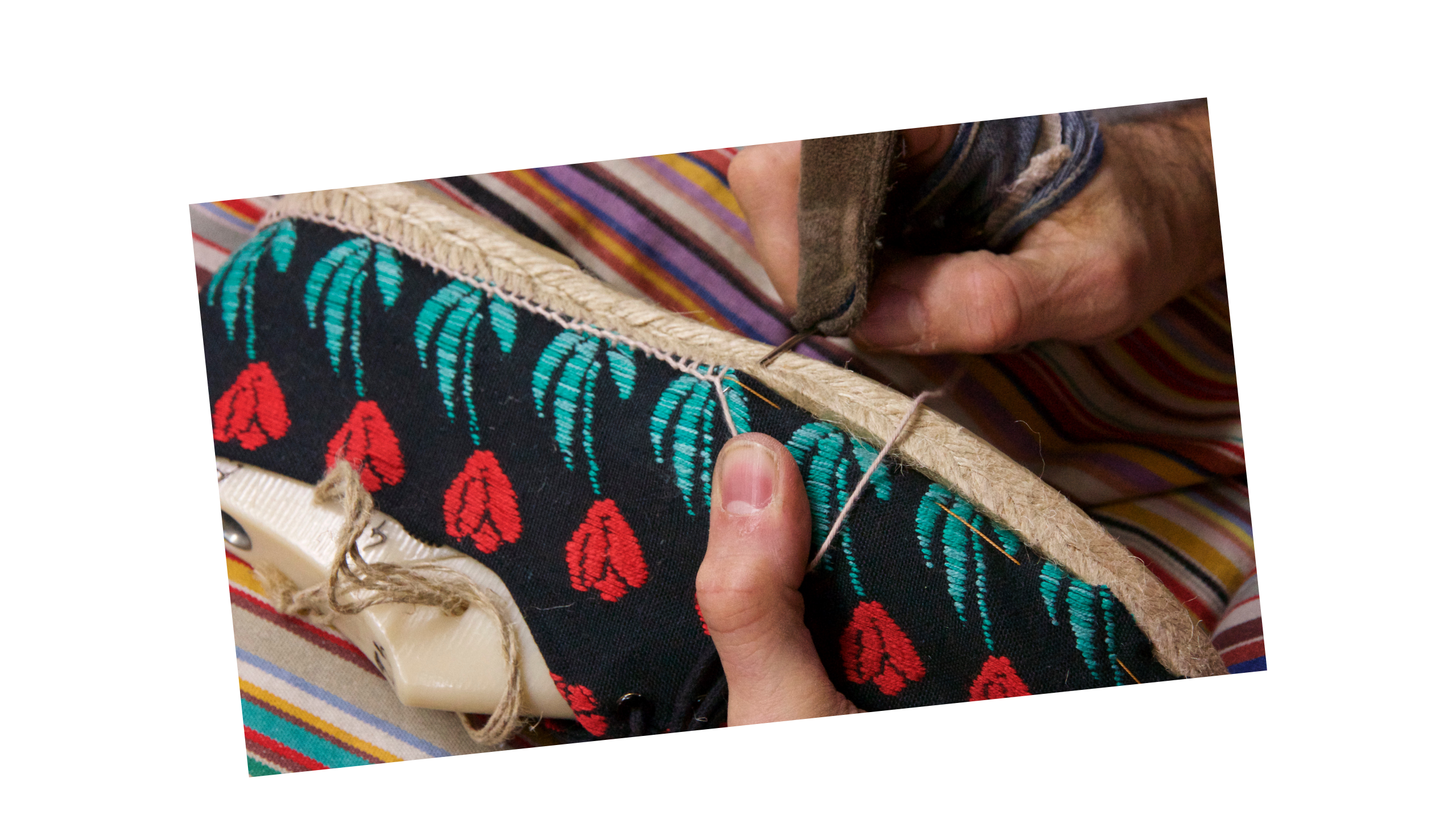

Natural raw materials are at the heart of our craft, which we source responsibly and under high-quality criteria. They are the spark of our creativity, and we love the challenge to search for innovative ways to use them.